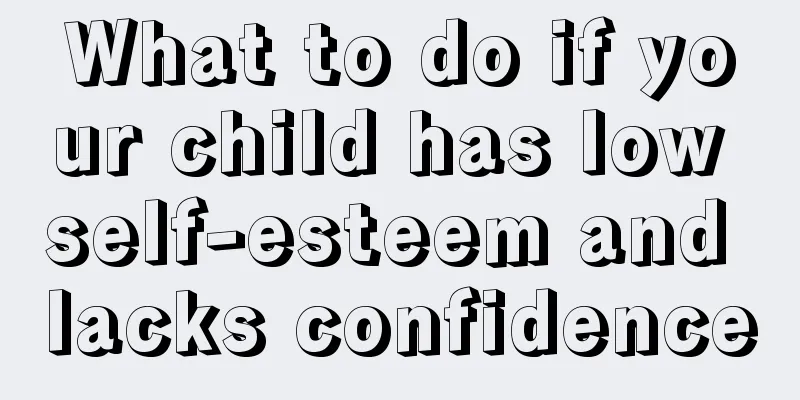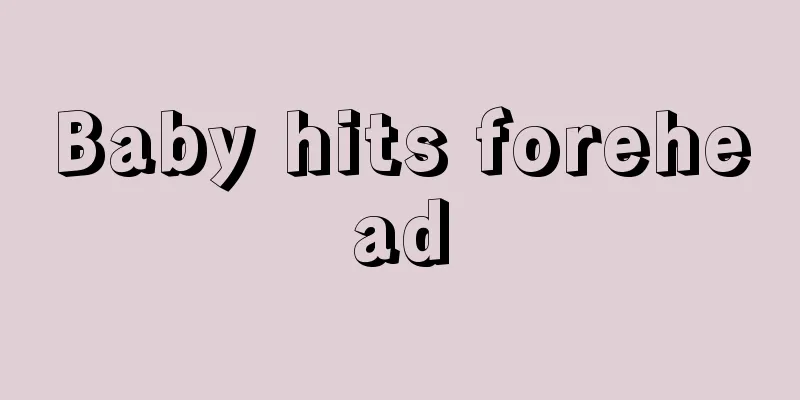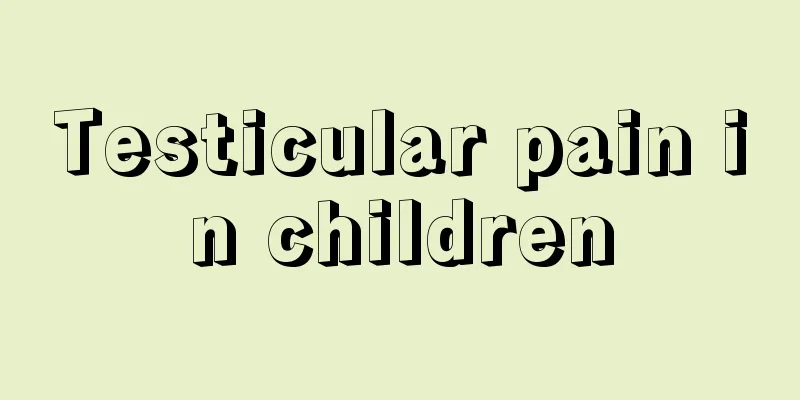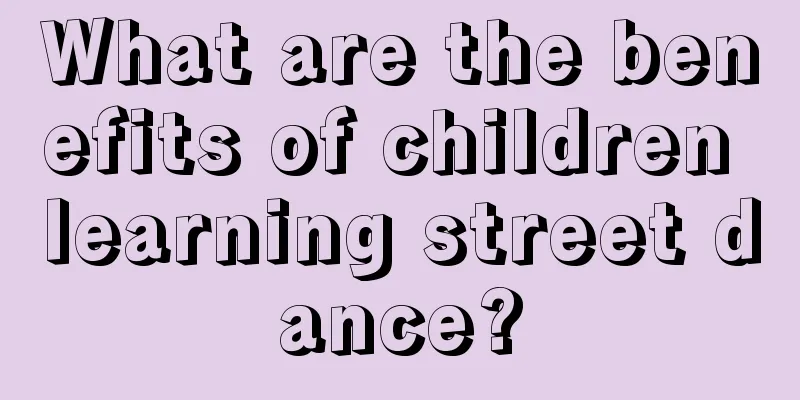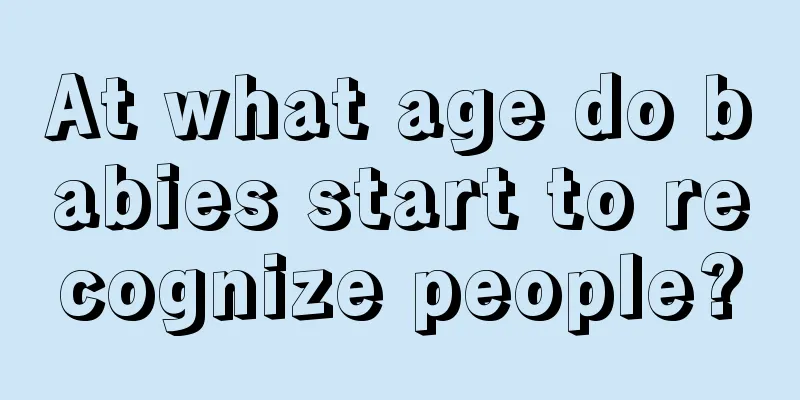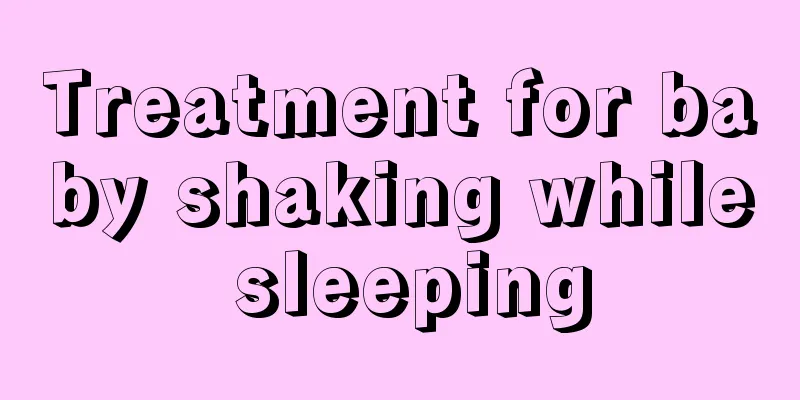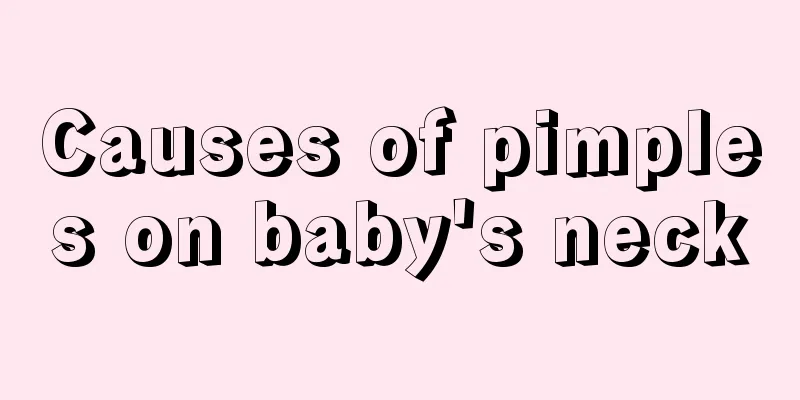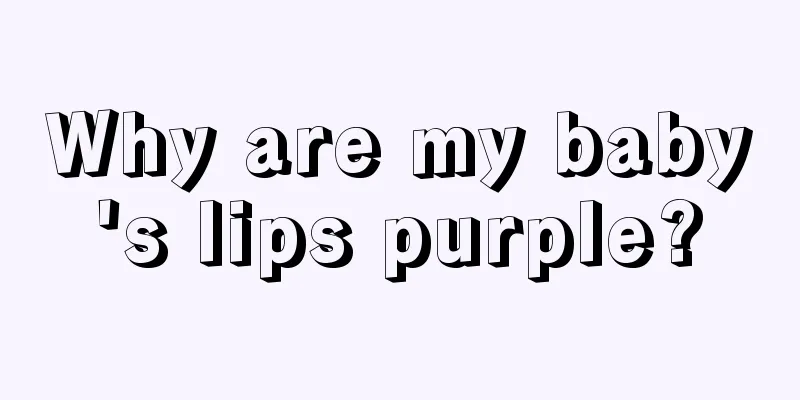What to do if your eight-month-old baby has asthma
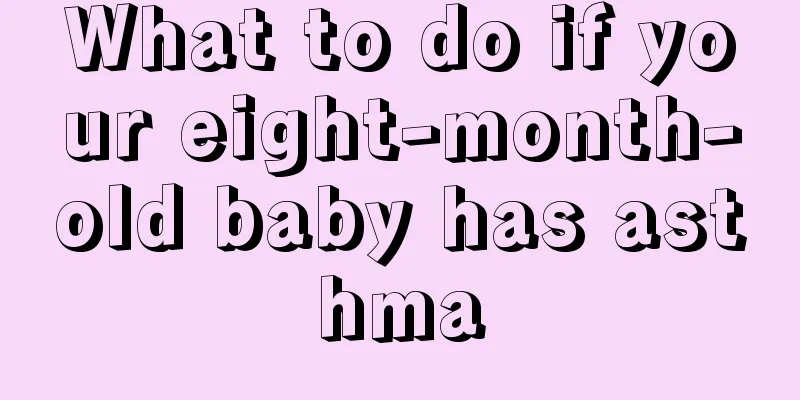
|
Eight-month-old babies often need breast milk. At this stage, babies can already eat some complementary foods, and they should be given as nutritious food as possible. However, some children may develop asthma due to colds or illnesses. Asthma is a very serious disease that can cause breathing difficulties or even suffocation in children. Therefore, more attention should be paid to the treatment of asthma in eight-month-old babies. treat There are few reports on the treatment of asthma or recurrent wheezing in infants. Two different groups can be distinguished: wheezing due to asthma and wheezing due to other causes. The etiologies in the former group are similar to those in adults and older children, and the guidelines provided may recommend the same pattern of treatment, including ICS. In the latter group, recurrent viral infections are the most common cause of asthma, but little research has been done on this topic. A detailed treatment plan can be found in the extended reading. Treatment of asthma in young infants Some new effective drugs have improved the treatment of asthma in young infants and challenged the status of existing guidelines and treatment algorithms. For example, some drugs used in adults and older children have recently been shown to work in younger children, helping to fill the gap that previously existed between the options available for controller treatment in children with asthma and those that were not formally approved by the FDA. New options include various classes of ICS and leukotriene receptor antagonists as well as those that are considered control agents for persistent asthma in infants and young children. Clearly, deriving the greatest benefit from the use of ICS involves not only the selection of the appropriate drug and understanding of the benefit/risk information, but also the selection of the appropriate device for the appropriate age to best deliver the drug to the lower airways, especially in infants and young children. ICS are currently recommended for the treatment of persistent asthma in young infants. Budesonide nebulizer suspension is the first inhaled corticosteroid recently approved by the FDA for asthma in children under 4 years old. Clinical studies have shown that it is safe and effective in children around 1 year old. The initial dose does not need to be lower than that expected for older children and adults. The effect is better than nebulized inhalation of sodium cromoglycate. Many very young children with asthma can accept once-daily nebulized budesonide, and their compliance is better than sodium cromoglycate (which requires 3 to 4 doses per day). The safety of ICS needs to be considered in adults and older children, as well as in young infants. In general, in controlled settings where drug delivery and compliance are optimized, small (<1 cm), transient (limited to the first year), short-term effects on growth have been observed in children with asthma. These observations also include the use of nebulized budesonide in young infants. Some double-blind, controlled, multicenter studies have confirmed that regardless of how ICS is used, children with asthma can eventually reach their final predicted adult height. However, despite this robust information, we must balance the large benefits of ICS against their small but definite risks, particularly in the infant age group. Safety is managed only by means of growth monitoring. Parents/patients should be informed of available treatment options, such as the use of the "minimum effective dose", and optimal measures to "reduce steroid use" (e.g., control of smoking/environmental allergens, influenza vaccination, detection and treatment of comorbidities (gastroesophageal reflux, rhinitis/sinusitis), and appropriate use of combination therapy). Should infants and young children with asthma use ICS or non-ICS? This question was addressed in the CAMP study, which compared 1,041 children with mild to moderate asthma with budesonide 400 mg/day, nidoclotamide 8 mg/day, or placebo. The number of hospitalizations, emergency visits, emergency salbutamol use, and prednisone shocks in the budesonide inhalation group were the best, and were significantly different from the other two groups. |
<<: What to do if your child has repeated coughing and wheezing
>>: How to tell if your baby is panting
Recommend
What should I do if my baby has a sore throat and repeated high fever?
There are many parents around us who spoil their ...
What to do if a 5-year-old child has a fever
Babies aged four or five are the most lively and ...
What is the reason for the child's neck pain?
The mother's every move is always on her mind...
The reason why three-year-old babies cannot sleep well at night
Children’s physical condition is getting worse da...
Is it OK for a baby to walk too early?
After people give birth to a child, more attentio...
What should babies eat if they are zinc deficient?
Some children often like to move around, which is...
Nighttime Teeth Grinding in Children
Most adults tend to grind their teeth when they s...
Children often complain of stomachache
Many children often complain of stomachaches. Thi...
Is fetal heart rate 170 normal?
Today’s medical technology is at a very high leve...
Why do children vomit after drinking water?
In summer, due to diet, many people's stomach...
Treatment of congenital heart disease in infants and young children
In our daily life, many people are always trouble...
Is it okay for a newborn baby not to cry?
When babies are born, most of them will cry loudl...
There are so many dietary dishes for children to supplement zinc, calcium and iron
It is very necessary for children to supplement c...
What are the symptoms after hernia surgery in children?
Generally, after a child has a pediatric hernia, ...
Causes and treatment suggestions for children's knee pain when sleeping at night
When children are very young, many different situ...
